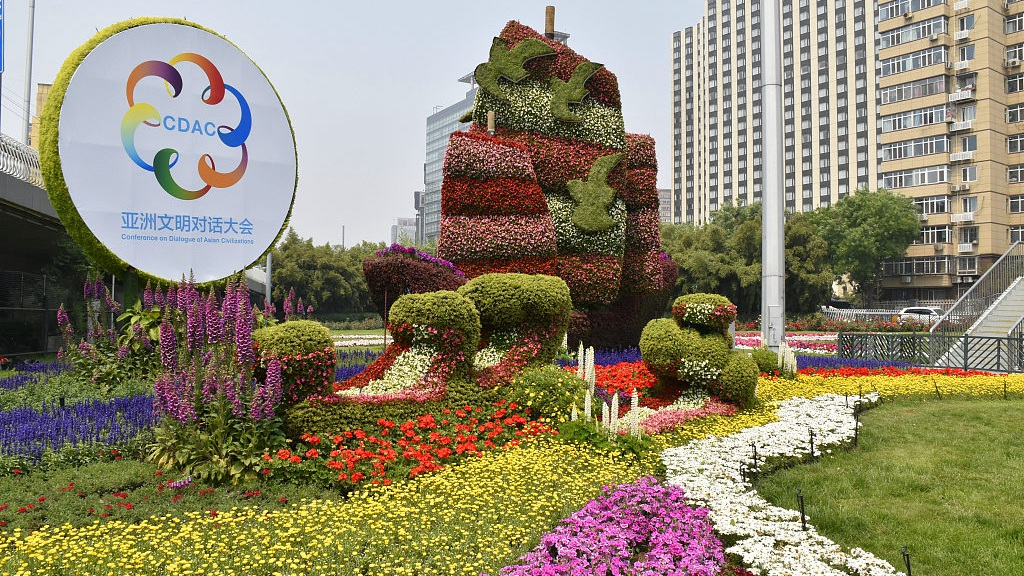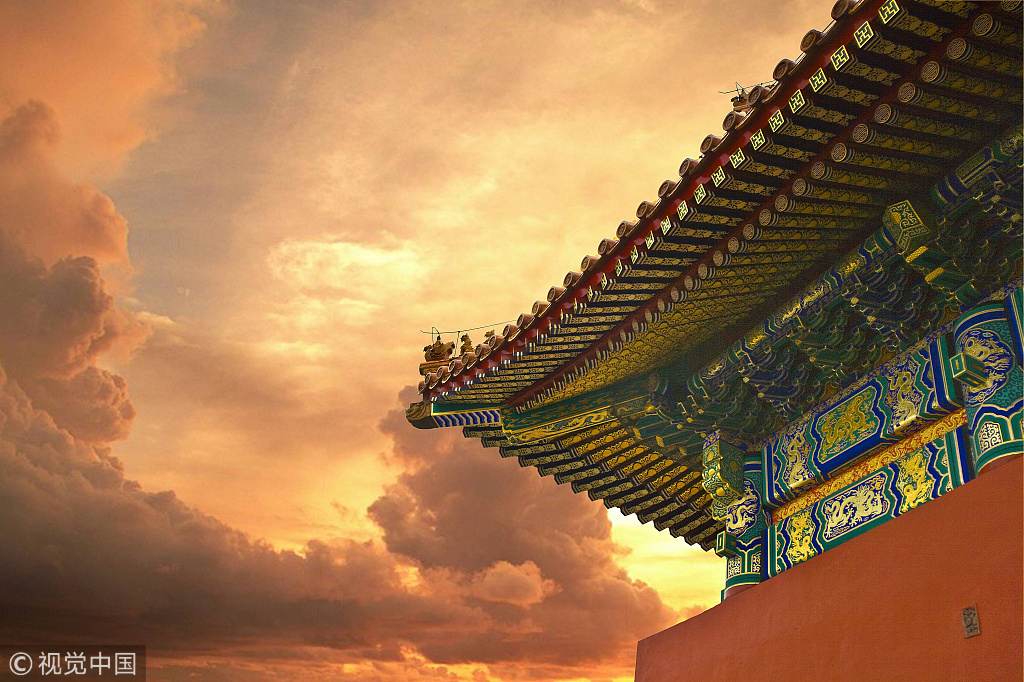
Opinion
10:30, 12-May-2019
The diversity and commonality of Asian civilizations
Ning Qiang

Editor's Note: Ning Qiang is a professor at Capital Normal University. The article reflects the author's opinion, and not necessarily the views of CGTN.
Asia is not only the most populous continent but also the cradle the world's oldest civilizations. It has played a leading role in the history of human development.
The complex natural and geographical environment and diverse cultures and customs of Asia have given birth to a variety of distinctive regional civilizations over its thousands-year-long history.
They mainly include the Mesopotamian civilization in Western Asia, the Indian civilization in South Asia, the Umran civilization in Central Asia, and the Chinese civilization in East Asia.
These ancient and vibrant civilizations have not only developed their unique cultural characteristics, but also shared many common features in the process of exchanges and mutual learning over thousands of years.
With the goal of common development and prosperity, Asian civilizations embrace, learn from and respect one another, leading to the flourishing of individual civilizations as well as the emergence of a "community with shared future for mankind" where countries come together and unite.
The Conference on Dialogue of Asian Civilizations to be held in Beijing is the first international event aimed at promoting mutual understanding and respect, peaceful coexistence, common development and shared prosperity among countries with an emphasis on civilizations.

The site of Angkor temple in Cambodia. /VCG Photo
The site of Angkor temple in Cambodia. /VCG Photo
It has the following characteristics. Firstly, it is an international conference centered on culture and art. Participants come to Beijing in goodwill to share the achievements of their civilizations and successful practices, to promote mutual understanding, to appreciate and learn from the artistic creations and life philosophies of neighboring countries.
This gathering, which rises above disputes over material benefits and focuses instead on sharing the fruits of cultural development, has created a new model of international exchanges advocating international recognition of the value of world peace and better quality of life.
Secondly, this is a conference of hope aimed at revitalizing ancient Asian civilizations and reinventing them in contemporary society.
Most of the world's longest-lasting civilizations were born in Asia. After thousands of years of vicissitudes, the contradictions between these ancient civilizations and today's world are increasingly apparent.
Therefore, Asian countries are contemplating in earnest how to inject new dynamism into ancient civilizations and take greater initiative in pursuing development in an age of globalization and rapid exchange of goods.
This conference has provided us with an excellent opportunity to think about the new development directions of ancient civilizations in Asia.

The Palace Museum, also known as the Forbidden City, is located in central Beijing, China. /VCG Photo
The Palace Museum, also known as the Forbidden City, is located in central Beijing, China. /VCG Photo
Thirdly, this conference embodies the inclusiveness and broad-mindedness of Chinese civilization. It is an important event initiated and personally promoted by Chinese President Xi Jinping at many international meetings. It demonstrates China's good wishes on peace, social prosperity and cultural diversity in Asia.
The Conference on Dialogue of Asian Civilizations is not only a tribute to the diversity of Asian civilizations but also an advocate of exchanges, mutual learning, coexistence, and common prosperity among Asian countries.
This reminds us of a beautiful story about Asian people sharing music and dance through the ancient Silk Road. On the south wall of Cave 285 of the Mo Kao Grotto at Dunhuang, northwest China's Gansu Province, there is a very exquisite flying figure playing the harp, which actually originated in Western Asia 6,000 years ago.
The harp was a gift of the Mesopotamian culture to the entire Asian civilization. It was spread along the Silk Road to the east, and gradually became a popular instrument in Central Asia, South Asia, and East Asia.
It has become a cultural fruit shared by all Asian people and a beautiful symbol of common prosperity of Asian civilizations.
(If you want to contribute and have specific expertise, please contact us at opinions@cgtn.com)

SITEMAP
Copyright © 2018 CGTN. Beijing ICP prepared NO.16065310-3
Copyright © 2018 CGTN. Beijing ICP prepared NO.16065310-3